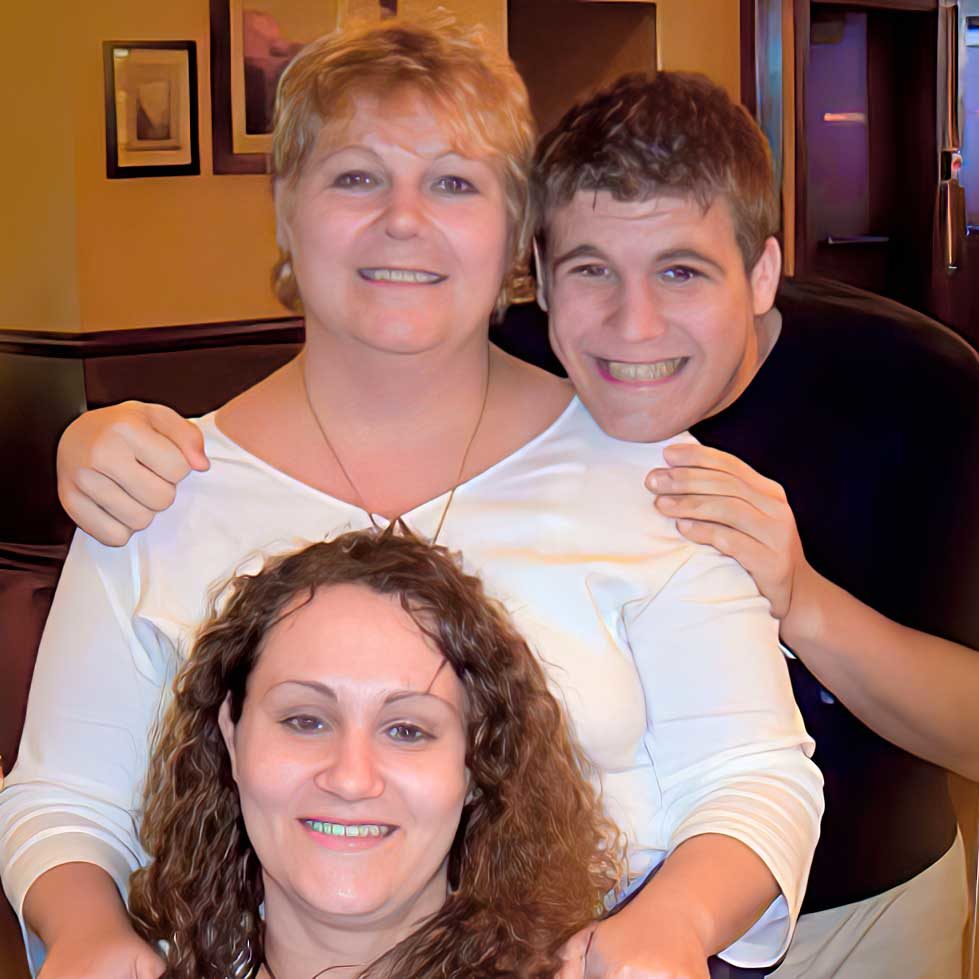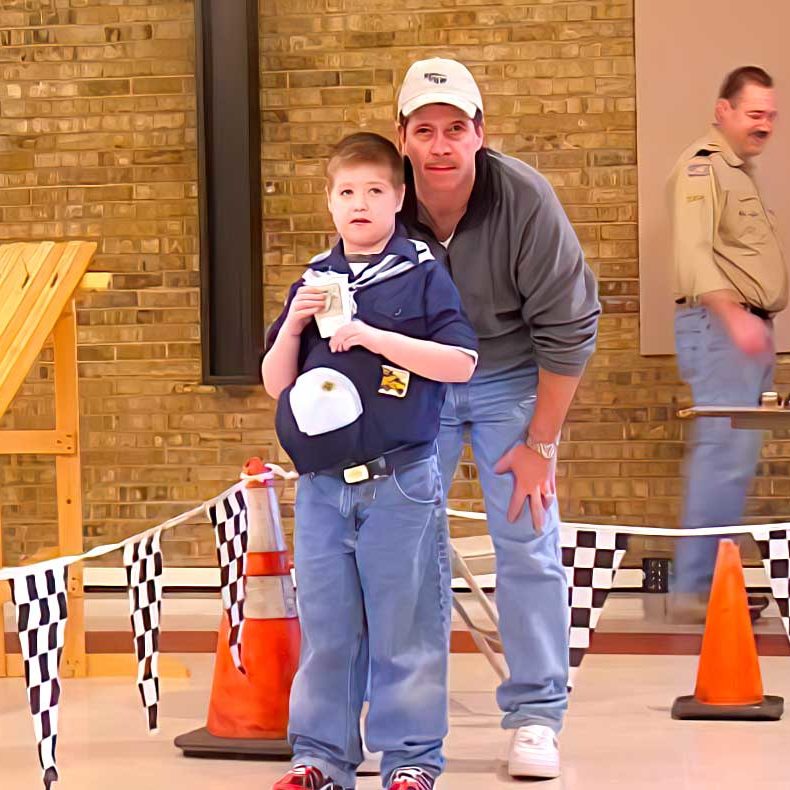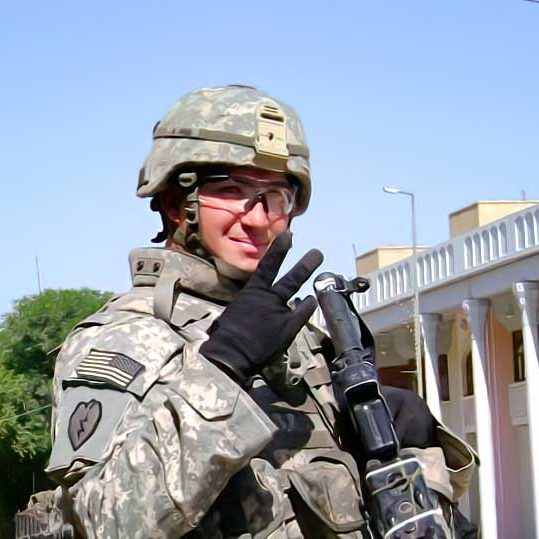Evermore is dedicating this Father’s Day week to bereaved dads who will always be fathers.
After his son Reid died in a car crash, Tim Hollister helped transform Connecticut’s teen driving laws. The provisions include earlier curfews, no electronic devices, a two-hour teen driving safety course for both teens and their parents and restrictions on who can ride with young drivers.
A Teen Driver
A teen driver on an unauthorized joy ride. At night. On a road he probably had never driven before. With teenage passengers who needed to get home by their 10:30 p.m. curfew.
“You had a combination of circumstances that was almost guaranteed to end up in a crash,” said Tim Hollister, whose son was behind the wheel.
And it did. In December 2006 on a Connecticut interstate, Hollister’s 17-year-old son Reid was rushing to get his two passengers home, but never made it. After getting too far into a curve, he overcorrected and hit a guardrail, crushing the left side of his chest. His two passengers survived.
It was the beginning of more teen driving deaths in Connecticut. Nine months after Reid’s crash, seven teens died in six weeks. Connecticut Gov. Jodi Rell quickly formed a task force to overhaul the state’s teen driving laws, which, at the time, were the most lenient in the country, and appointed Hollister to the task force.

Tim Hollister’s 17-year old son Reid died in a 2006 car crash. Nine months after Reid’s death, seven teens died in car crashes in six weeks. Connecticut Gov. Jodi Rell quickly formed a task force to overhaul the state’s teen driving laws, which, at the time, were the most lenient in the country, and appointed Hollister to the task force.
“Basically, in warp speed, … we transformed our teen driver laws into one of the strictest in the country,” Hollister said.
The provisions include earlier curfews, no electronic devices, a two-hour teen driving safety course for both teens and their parents and restrictions on who can ride with young drivers. In the last decade, the law has resulted in a 70 percent reduction in teen driving fatalities in the state, said Hollister, an attorney.
“It’s a remarkable public safety achievement, and states around the country have taken notice,” he said.
A re-education
As the task force wrapped up, however, Hollister continued his study and work to spread the word about the dangers of teen driving.
“When I served on the task force, I got a re-education in safe teen driving and learned that I really, even though Reid had driven crash free for 11 months, that I really had not understood how dangerous teen driving is and why,” he said. “After the task force finished its work, I kept going, reading everything I could get my hands on.”
He launched a blog and eventually wrote “Not So Fast: Parenting Your Teen Through the Dangers of Driving,” which both the Governors Highway Safety Association and the National Safety Council have recognized. A second edition, co-authored with Pam Shadel Fischer, co-founder of the New Jersey Teen Safe Driving Coalition and a longtime transportation safety consultant, came out in 2018.
Hollister also wrote a memoir, “His Father Still: A Parenting Memoir,” which Gayle King endorsed in Oprah Magazine. Proceeds from both books go directly to the Reid Hollister Fund, which supports infant and toddler education in the city of Hartford, Conn.
Can’t just ‘hope for the best’
Hollister said parents often aren’t aware of the dangers of teen driving when their own son or daughter gets behind the wheel.
“Most of the literature that’s available to parents tells you that teen driving is dangerous, but it doesn’t tell them why and what you can do to prevent very predictable situations that most often lead to teen driver crashes,” he said. “It just doesn’t tell them how to work with their teens to make them partners in safety, as opposed to turning them over to a driving school and hoping for the best.”
Hollister recommends a parent-teen driving contract and says parents should be aware of the five biggest dangers for teen drivers that can lead to distracted and dangerous driving. They are other passengers in the car; alcohol and drug use; not planning enough time to get home before curfew; texting and checking electronic devices; and not wearing a seatbelt.
For Hollister, his work on teen driving is focused on preventing another parent from suffering the same grief.
“People ask me, ‘Was it cathartic? Did it help you with your grief?’” he said. “My grief recovery, which was basically all of 2007 and into 2008, was based on the three Fs: faith, family and friends, which I’m blessed to have a lot of.”
“My teen driving advocacy, I think of as a public service,” he said. “I had to put this information out there.”
More information about Hollister and his work is on his website — FromReidsDad.org.
Also read:
- Am I Still a Father? — After his son Jon’s death, Ron Kelly helps other fathers live with their grief.
- Two dads, one mission: Better bereavement leave.












